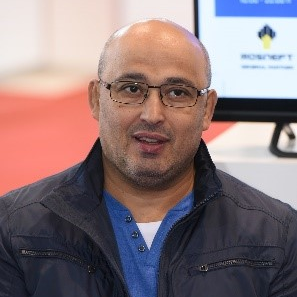Tackling Performance Challenges in Martial Arts and Combat Sports
A special issue of Sports (ISSN 2075-4663).
Deadline for manuscript submissions: closed (31 August 2019) | Viewed by 38369
Special Issue Editors
Interests: Judo; combat sports; exercise physiology
Special Issues, Collections and Topics in MDPI journals
Interests: combat sports; high-intensity interval training; sport nutrition; exercise physiology
Special Issues, Collections and Topics in MDPI journals
Interests: exercise physiology; sport science; body composition; sport nutrition
Interests: physical activity; exercise biochemistry; molecular biology; physiology
Special Issues, Collections and Topics in MDPI journals
Special Issue Information
Dear Colleagues,
This Special Issue ‘Tackling Performance Challenges in Martial Arts and Combat Sports” is an opportunity to publish original research, meta-analyses, reviews, case studies, short communications and book reviews related to martial arts and combat sports. Tackling Performance Challenges in Martial Arts and Combat Sports aims to provide the latest scientific and professional insights, present recent findings and share experiences in Martial Arts (Judo, Karate, Wrestling, Boxing, Taekwondo, Sambo, Sumo, Jujutsu, Brazilian jiu-jitsu, Aikido and Mixed Martial Arts). Special emphasis is given to the importance of a) training monitoring and testing; b) periodization; c) coaching and training strategies; d) Injury epidemiology and prevention; e) performance analysis and biomechanics; f) physiology of martial arts and combat sports; g) special considerations for women and youths. Any other topics are welcome in this Special Issue, especially articles that bring new theoretical and practical approaches to the martial arts field.
Prof. Dr. Patrik Drid
Assoc. Prof. Emerson Franchini
Dr. David H. Fukuda
Dr. Tatjana Trivic
Guest Editors
Manuscript Submission Information
Manuscripts should be submitted online at www.mdpi.com by registering and logging in to this website. Once you are registered, click here to go to the submission form. Manuscripts can be submitted until the deadline. All submissions that pass pre-check are peer-reviewed. Accepted papers will be published continuously in the journal (as soon as accepted) and will be listed together on the special issue website. Research articles, review articles as well as short communications are invited. For planned papers, a title and short abstract (about 100 words) can be sent to the Editorial Office for announcement on this website.
Submitted manuscripts should not have been published previously, nor be under consideration for publication elsewhere (except conference proceedings papers). All manuscripts are thoroughly refereed through a single-blind peer-review process. A guide for authors and other relevant information for submission of manuscripts is available on the Instructions for Authors page. Sports is an international peer-reviewed open access monthly journal published by MDPI.
Please visit the Instructions for Authors page before submitting a manuscript. The Article Processing Charge (APC) for publication in this open access journal is 1800 CHF (Swiss Francs). Submitted papers should be well formatted and use good English. Authors may use MDPI's English editing service prior to publication or during author revisions.
Keywords
- Judo
- Karate
- Wrestling
- Boxing
- Taekwondo
- Sambo
- Sumo
- Jujutsu
- Brazilian jiu-jitsu
- Aikido
- Mixed martial arts









